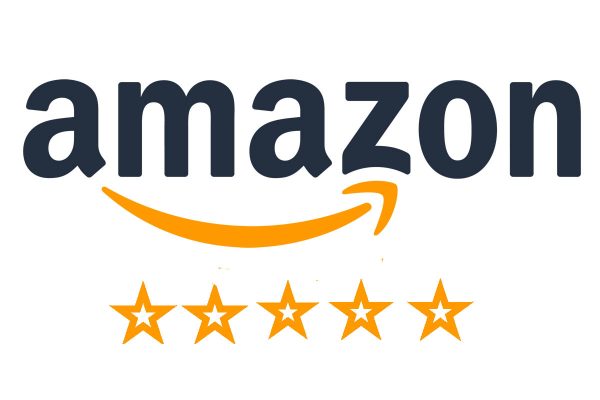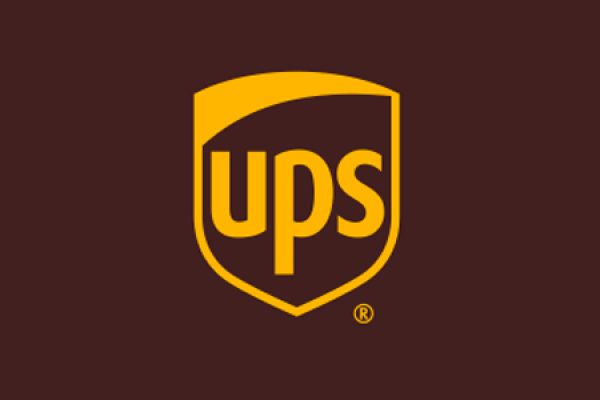To grow your business overseas you need to follow all the steps you would undertake to reach them in your domestic market – and that means marketing to them. But marketing to international audiences is a tough proposition. So how do you do it?
No matter what your product or service, as soon as you decide to take it global, there are cultural and language issues to be taken into consideration. Whether you choose to go it alone, engage a local marketing and SEO agency or team up with one of the many UK based agencies will depend on your size and your budget, but here are four things that you absolutely must do:
Speak in your customers’ language
Language and translation services are vitally important when delivering on a global stage. Although English remains the most commonly used language among internet users, with Chinese not far behind, 70% of all internet traffic now originates in non-English speaking countries.
Customers expect businesses to engage with them in their first choice of language and 72% of internet users spend all or most of their time on sites in their own language, with nine out of ten people always opting for a native language website when one is available. So, to convert, whatever the size of the market you’re entering, you need to talk to your customers in their own language.
Understanding the social landscape
We all know how powerful social media can be as way of engaging with potential customers. Therefore any retailer entering new markets needs to make sure it has a strong social strategy in place; one that is based on insight into the channels and engagement methods that are right for the region.
A number of the biggest social channels are now genuinely global; Twitter and Facebook both support over 70 languages. However, the online social scene is by no means the same in all markets. If you were reading this in Russia you might favour Yandex as your search engine; if you were in China then the chances are that renren might be your biggest online influencer.
This is about doing your research and making sure that your localisation strategy goes beyond simply translating your tweets and posts into multiple languages. Social media is an incredibly personal medium and you’ll need to make sure you’re properly adapting to the slang, etiquette and idiosyncrasies of each region.
Automated translation is the ideal technology to translate user-generated data from multiple languages – such as in country social media sites – into a single language for more efficient and accurate analysis of global customer sentiment.
Integrating content and localization strategies
An effective global content strategy needs to manage the entire content lifecycle in order to deliver the most optimised, seamless and authentic end-user content experience, regardless of location.
You need to use translation intelligently to ensure consistency across all of your content and communications. You need to make sure that all your teams are using a single brand voice. Translation management systems enable globalisation managers to reduce the cost of translation and help marketers provide consistent content across languages for new markets.
When preparing content for global audiences it needs to be locally relevant. The only way this can be achieved is by putting the local customer at the heart of the online experience: do your research, understand the market you are entering and invest in great, contextually relevant content that will engage customers.
Content optimisation and localisation must work hand in hand. They must happen simultaneously to ensure that both search engines and consumers value your content.
You might consider a translated version of your UK content to be high quality but, if it is not culturally relevant or is inconsistent with consumer expectations in that region, then you’ll fail to make an impression.
Online communication is no longer a one-way conversation. Therefore, localisation strategies need to embrace technology as a means of instantly listening to and conversing with international audiences as well as being able to publish user generated content across different languages.
In order to achieve this, you need a partner who has the ability to address the entire content set, including human translation, and also incorporating the latest advances in automated technology to support the growing requirement for real-time communication.
Getting smart about SEO
People are your primary audience, but search engines are still the true gatekeepers to your target audience. 71% of global consumers look to a search engine first when they begin their buying journey, and 78% never look past the first page.
Unfortunately, many marketers still don’t understand SEO well enough to do their jobs effectively in the digital marketing arena. When you add global markets to the mix this issue becomes exacerbated.
Understanding the right channels for local audiences is key to making online information visible. As all of these search engines utilise different algorithms and ranking criteria, a one-size fits all strategy is not going to be effective.
You need to be able to do local keyword research and understand what you should be targeting in each of your markets by doing in-depth local research to make sure you’re using the most relevant terms in each market.
We believe that only by having in-depth local knowledge can you successfully conquer this challenge and are seeing increased requests from marketers to utilise our set of solutions developed to help address these challenges.
For more information visit: www.sdl.com









